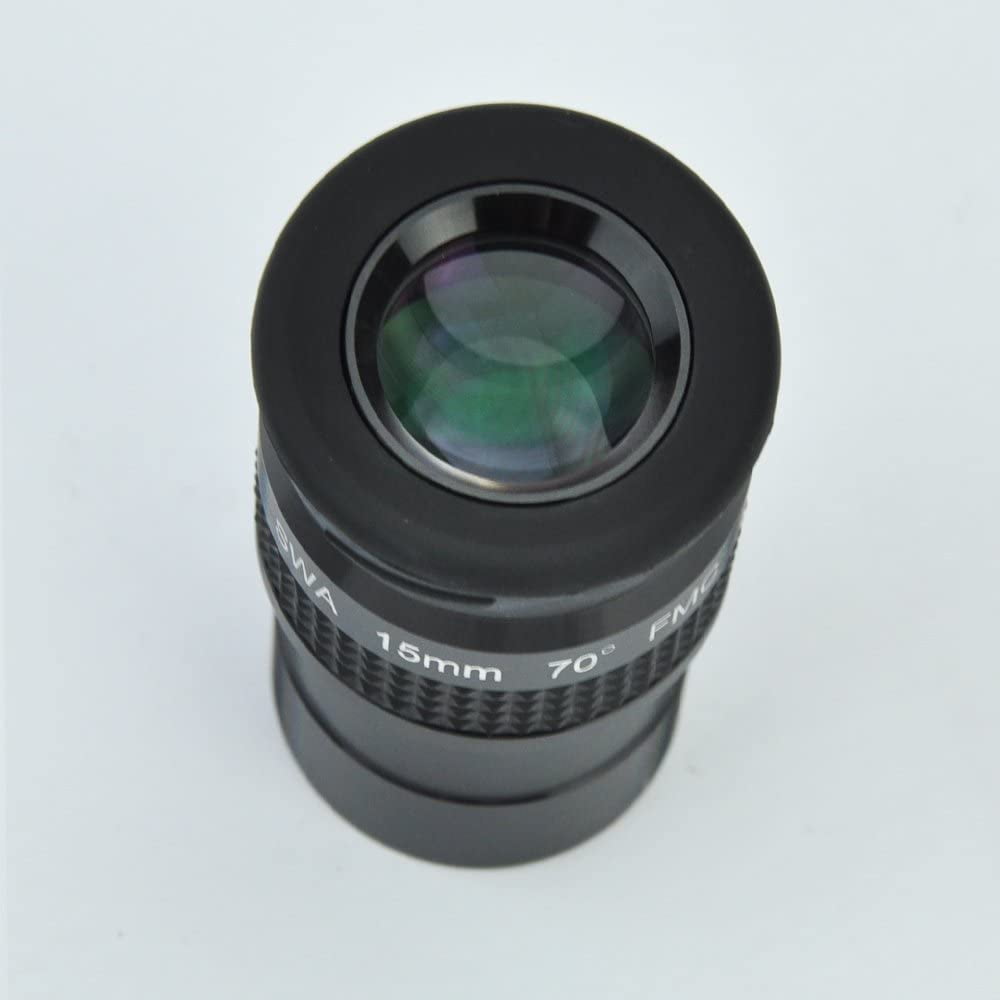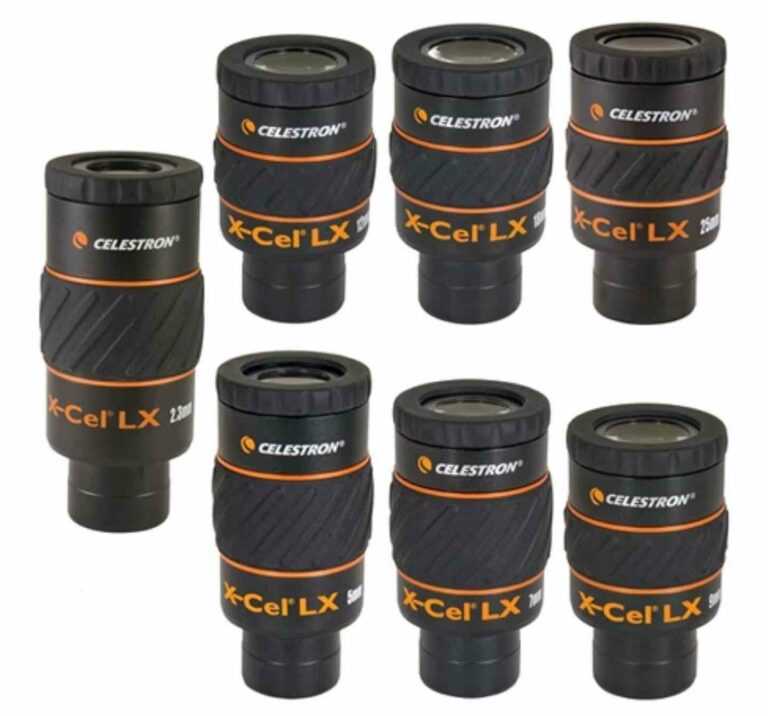
For example, on an 80mm short-focal-length refractor, a 10mm might only provide 40x magnification, but the same eyepiece on a 10" Schmidt-Cassegrain telescope would give 300x.Ī typical eyepiece collection would include 3 eyepieces: one low power, one medium power, and one high power. A 10mm eyepiece would be low power on a short-focal-length scope but high power on a long-focal-length scope. It also means that the same eyepiece gives different magnifications on different scopes. A 10mm eyepiece would provide twice as much magnification as a 20mm eyepiece. This means that a smaller number on an eyepiece gives a higher magnification. Magnification is determined simply by dividing the focal length of the telescope by the focal length of the eyepiece. It allows you to determine the magnification an eyepiece gives in combination with a given telescope. This is the number, in millimeters, written on the side of every eyepiece. The most important eyepiece characteristic is focal length. Your eye can then focus the light beam exiting the eyepiece.Ībove: How an optical system consisting of a telescope, eyepiece, and eye creates a final image Placing an eyepiece at the focal point of a telescope then creates a light beam which is neither converging nor diverging. It shows that both a telescope and your eye focus light to a point. It requires a virtual image, which is what an eyepiece creates. Your eye focuses light just like a telescope does, and it cannot focus on a real image such as that created by a telescope.

Why not? Because your eye is also an optical system. But, placing your eye at the focus point of a telescope does not produce an image. In fact, placing a camera at the focus of a telescope will also capture an image, since the telescope becomes the camera lens. Why are eyepieces even necessary? A telescope is an optical system that creates an image, just like a camera lens creates an image on film. Be sure to read the section on Understanding Magnification for more details. Often the best view is at a low magnification. In reality, the diameter ( aperture) of a telescope determines its power and different eyepieces are used to get the best view of a given object. One of the most common misconceptions in amateur astronomy is that magnification is the most important aspect of a telescope. Some objects, such as nebulae and star clusters, appear quite large and are best viewed at low magnifications (which give a wider field of view), whereas planets appear very small and are normally viewed with high-magnification eyepieces. Different eyepieces are used to view different objects. This is how “wide” objects appear in an eyepiece.Eyepieces determine the magnification and field of view of a telescope. They also offer provide wide fields of view. Upgraded eyepieces offer sharper, clearer views. The eyepieces included with most telescopes do a fine job of starting you on your astro journey. Universal sizes fit in almost any telescope

BINTEL sells a range of high-quality eyepieces. There’s no point buying a Ferrari and then not putting the wheels on! Choosing an eyepiece can be a daunting task, especially if you’re not familiar with how telescope optics work. Most people forget that an eyepiece is half of your telescope.

We ship to anywhere in Australia or New Zealand. Fujinon Binoculars Bintel stock a wide range of Fujinon Binoculars and accessories to buy online.


 0 kommentar(er)
0 kommentar(er)
